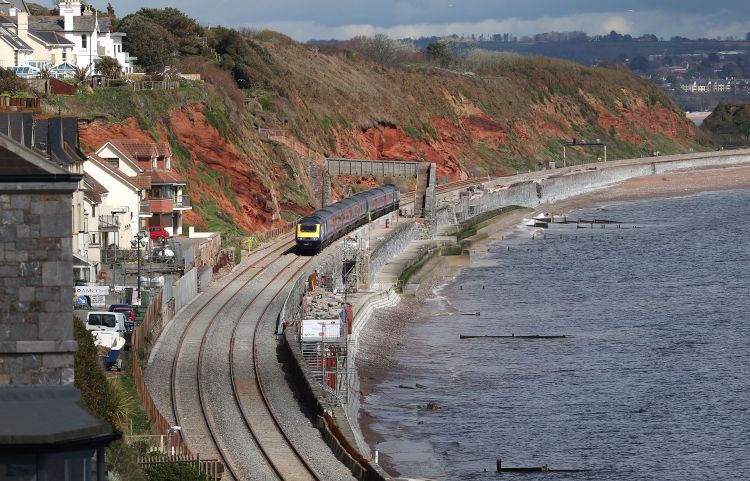Don’t swap a National Network Rail for regional Railtracks

Yesterday I attended the latest Rail Summit. They keynote speaker was Chris Grayling the Secretary of State for Transport, who discussed a system of vertical integration to address this. The plans – which are already underway – have the potential to make things much worse.
Currently, the Rolling Stock Operating Companies (ROSCOS) own the actual trains and are responsible for keeping them operational. Network Rail owns all of the track, and they are responsible for its upkeep.
Network Rail is an odd beast. It’s not a public body, but it does not pay dividends and has no shareholders. In the absence of a publically owned rail industry, this system has some clear advantages. It provides economies of scale, an integrated approach across the network and prioritises investment in safety and maintenance over short term profit and dividend payments.
You might notice that someone is missing. The people who sell us our tickets are the Train Operating Companies (TOCs). For all of the attention they receive, TOCs are pretty thin entities. A TOC bids for a franchise to run a specific service or fleet of services – Virgin runs the West Coast lines that run from London, to the West Midlands and up to Glasgow for instance – from the Department for Transport (DfT), which runs the franchising process.
DfT are looking for two key qualities from a bid. The first is the quality of service the TOC will deliver. The second is either the level of subsidy they will require from the tax payer; if they are bidding for a rural line for instance, which is not very profitable.
If they are bidding for a busy, profitable line then they’re assessed on how big a franchise payment they will pay DfT. Subsidies and franchise payments get quite complicated, but that will do for our purposes.
When a TOC wins a franchise they win the right to lease a fleet of trains and set a timetable for running them, for a period of 7 – 12 years on average. They have to use that time to make as much money as possible, not only for the usual reasons, but because they may have a commitment to pay a certain amount back to DfT. If they don’t, that’s a pretty big black mark when the next franchise period rolls round.
They can put their livery on the train, provide various money generating services (food concessions etc.) and obviously they can sell tickets. Some of the larger TOCs run a few of the larger stations. What they don’t do is take on is ownership of a train or responsibility for inspecting the sleepers.
This tripartite structure is probably not what anyone would pick, even if they wanted to design a privatised rail system today. It seems sensible to find a way of getting one organisation to think about maintaining the tracks and the upkeep of the trains, and factor that into planning the train timetables. In a sense, this is what Chris Graylings “Vertical Integration” plans are intended to do.
In order to do this, Network Rail is being devolved into a series of smaller regional bodies, each responsible for the infrastructure in their patch. These bodies would ally with the successful franchisee to create Route Businesses that deliver the maintenance and improvements necessary for the region. These Route Businesses are public bodies that are expected to operate like private sector businesses. And that is the problem.
Devolved bodies will lose the economies of scale that Network Rail currently gets. But more importantly this will introduce unhelpful tension between the profit motive of the TOCs and the needs to prioritise safety standards.
It would place safety and maintenance back into a commercial framework that was a key contributing factor to safety failures under Railtrack. Instead of a national Network Rail, we risk a range of regional Railtracks.
Integrating train and track is a great idea, but mixing profit pressures and safety maintenance is not the way to do it.
Stay Updated
Want to hear about our latest news and blogs?
Sign up now to get it straight to your inbox
